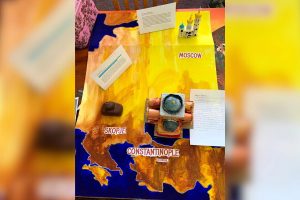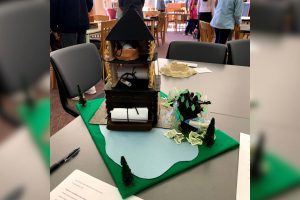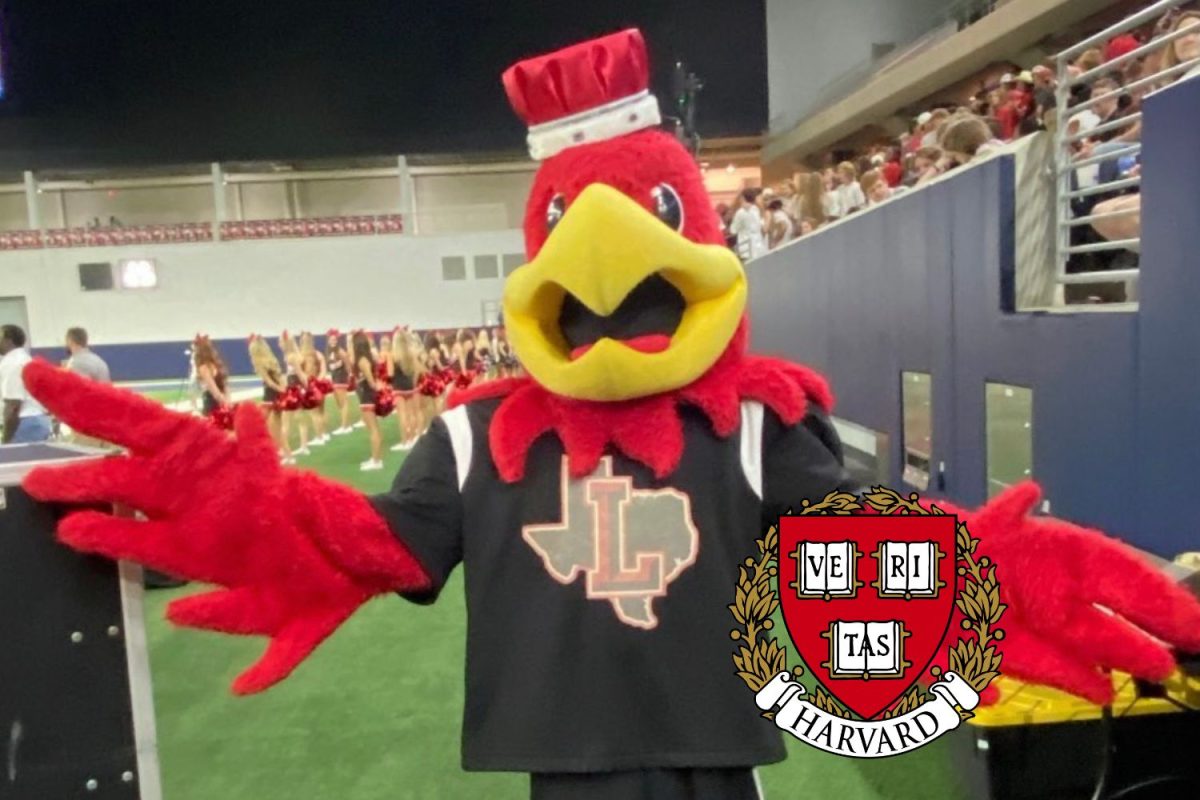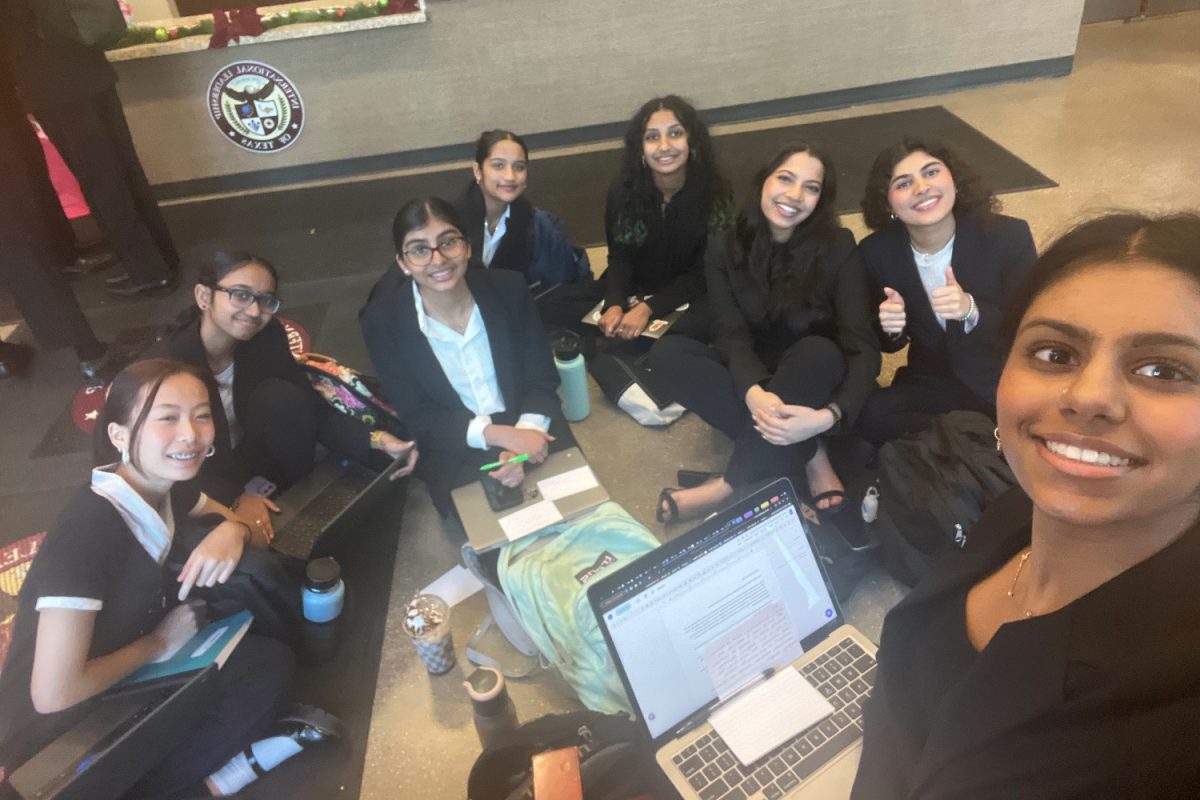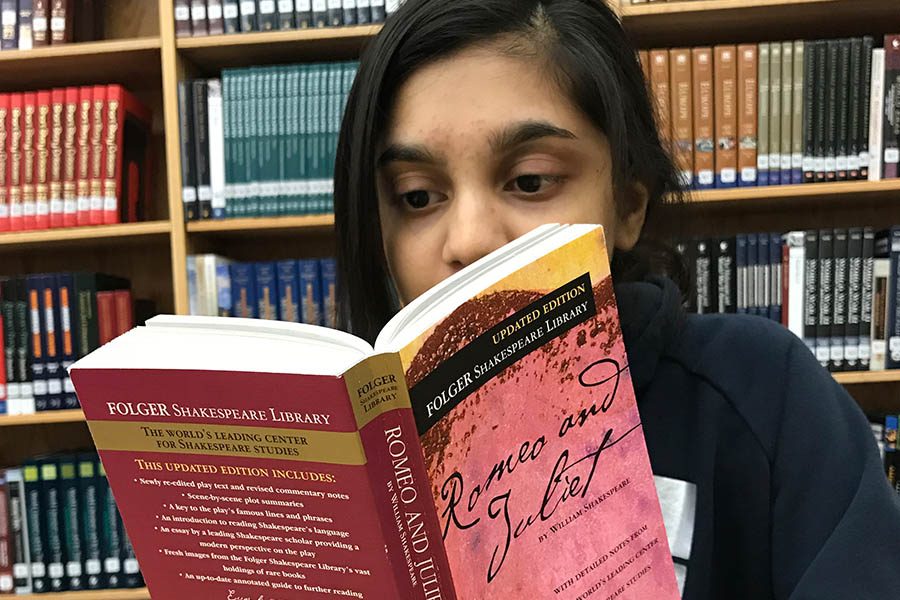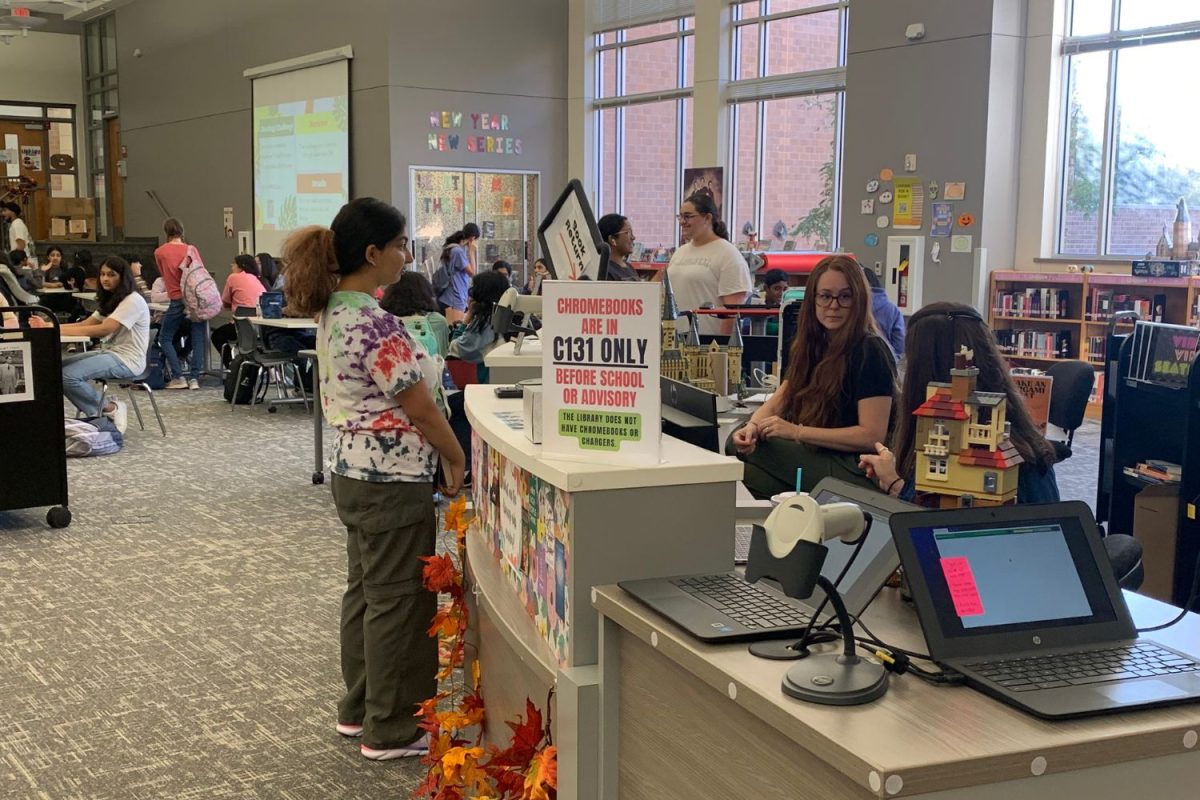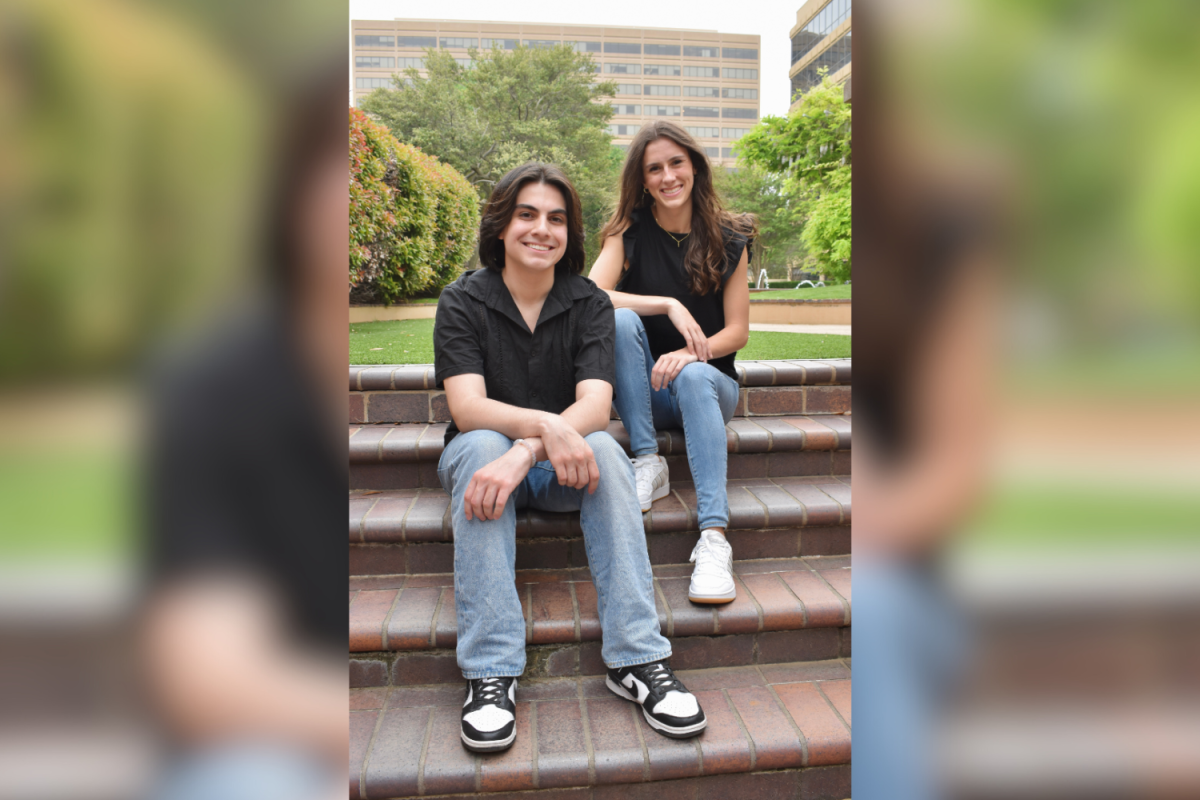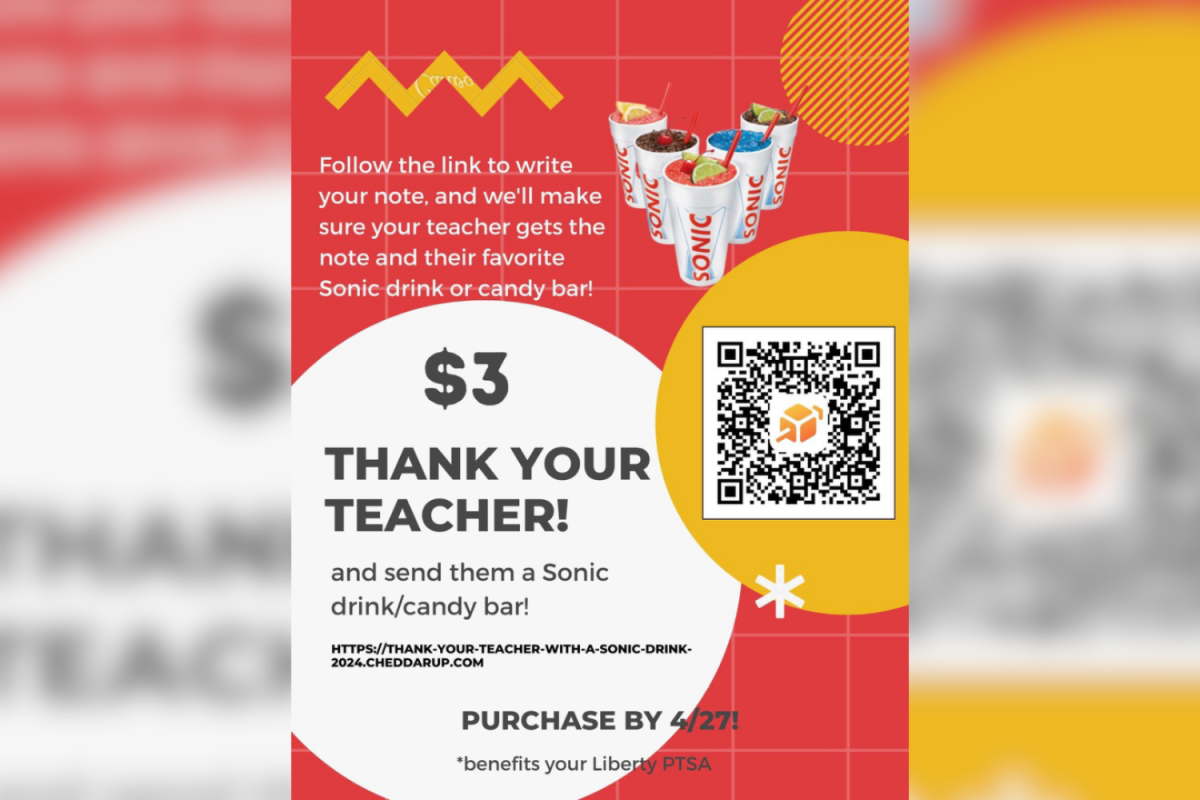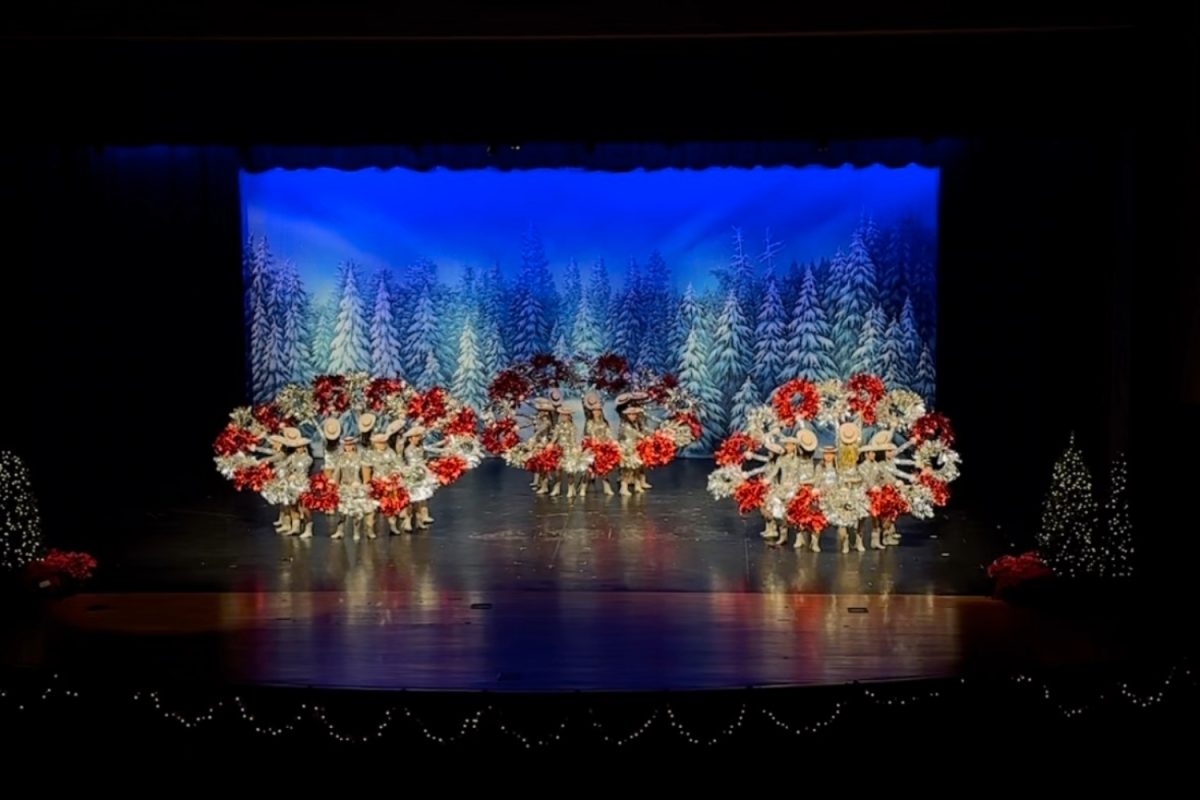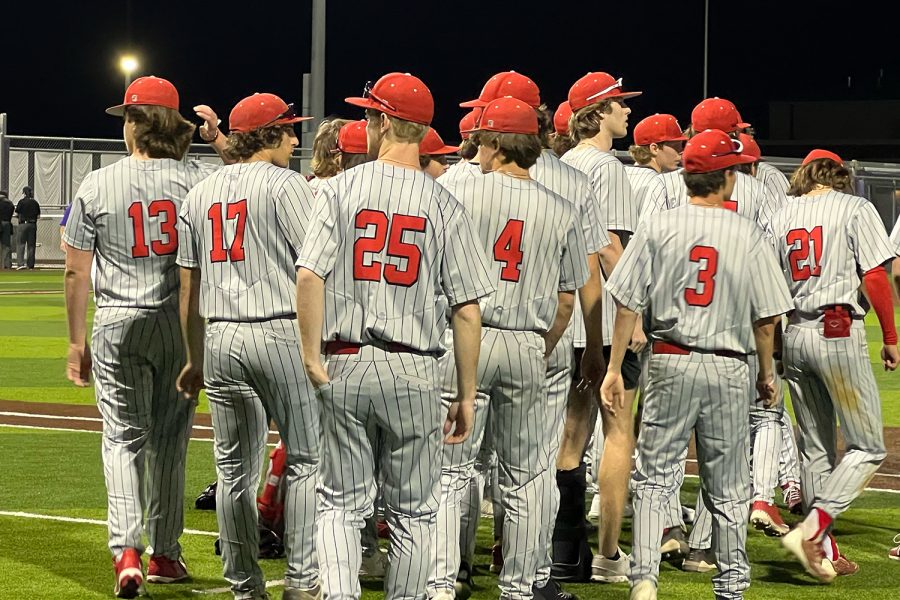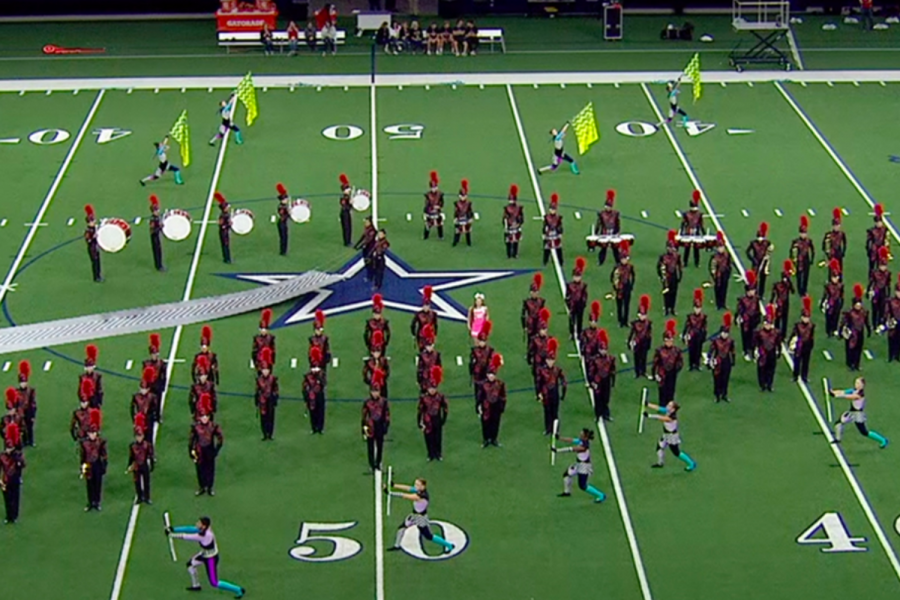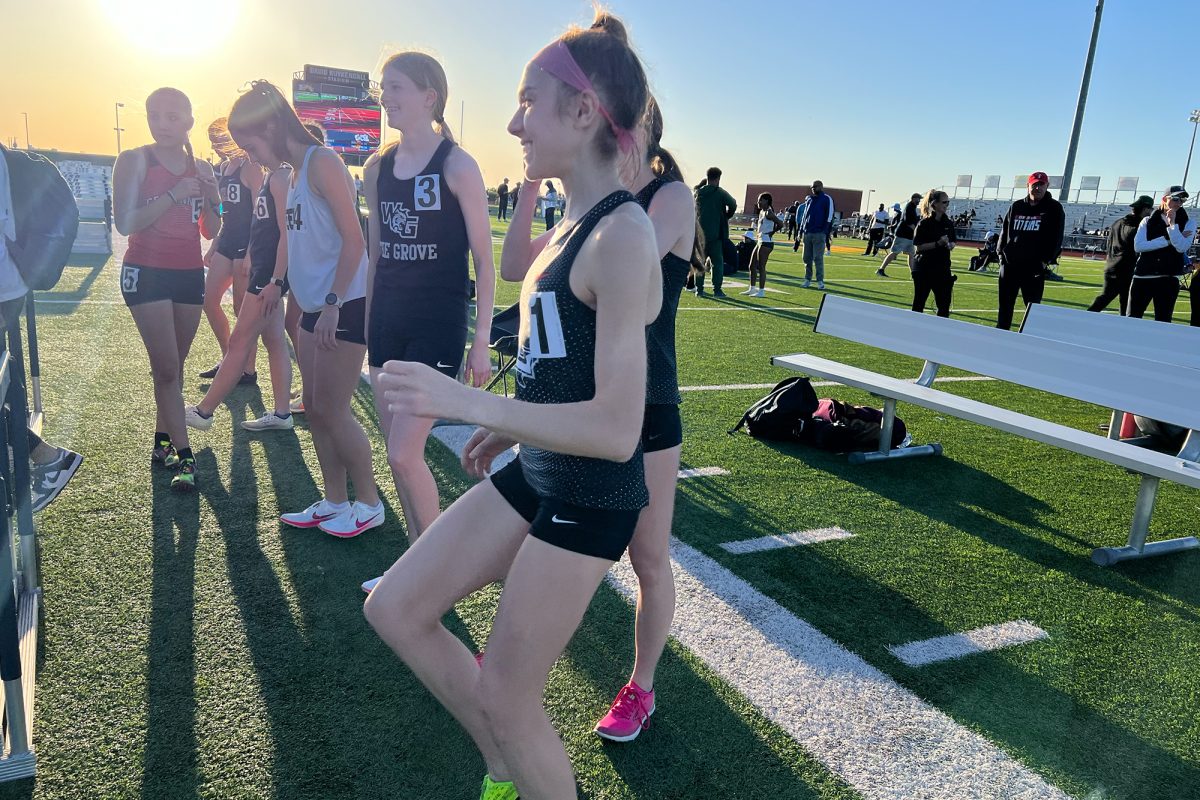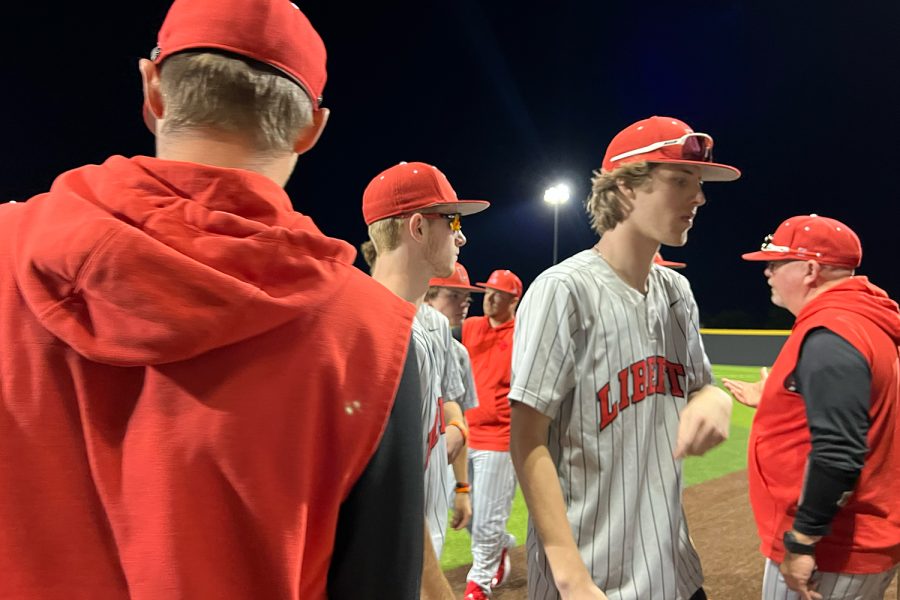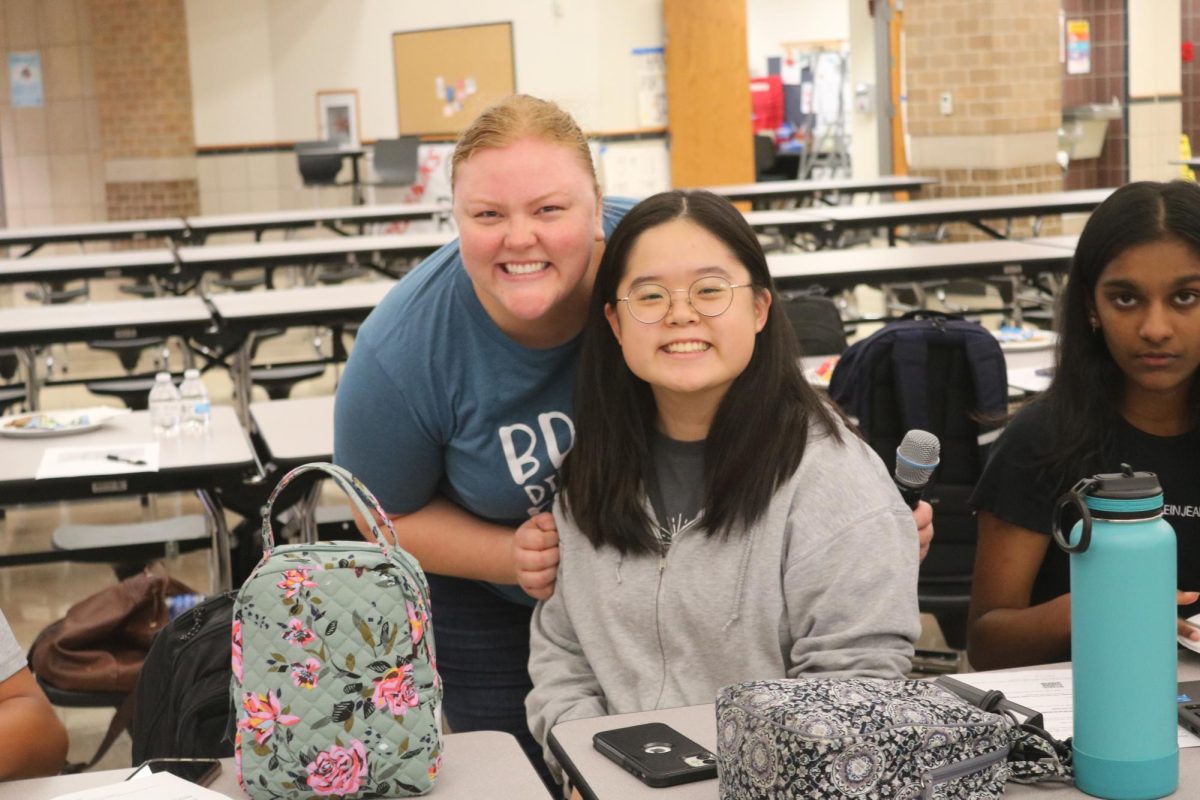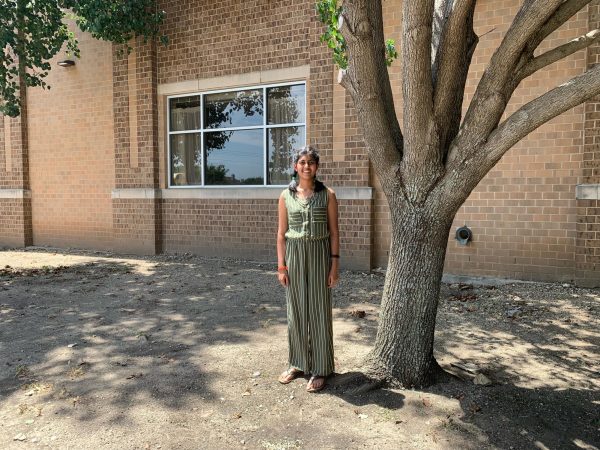Students in GT Humanities get to step in the shoes of museum curators for a week as they tackle the challenges of creating a museum exhibit revolving around an ancient civilization.
“Students are creating museum exhibits about civilizations from around the world from before 1450 CE,” humanities teacher Sarah Wiseman said. “These interactive exhibits should explore the connections between worldviews and how they shape society, governments, and observable culture.”
But this project isn’t a one-day thing; in fact, students have been putting weeks and weeks of effort into ensuring that their exhibits provide a comprehensive understanding of their chosen civilization.
These interactive exhibits should explore the connections between worldviews and how they shape society, governments, and observable culture,
— GT Humanities teacher Sarah Wiseman
“First, we all picked a topic in groups of three and then each of us picked to either explore the social, cultural, or political aspect of that empire,” sophomore Laura Huang said. “Then we all wrote a research paper and then after that, we developed a theme to work around for our project and create artifacts.”
Although students get to pick different lenses with which to analyze their civilization, the main focus of the project is still the culture of a civilization and the various factors that impact it.
“This quarter, our skills are cultural developments and interactions (how worldviews shape society, governments, and observable culture), evidence in context (supporting an argument using specific and relevant evidence, placed in historical context to build understanding),” Wiseman said. “The arguments made by the exhibits fit with cultural developments and interactions. The exhibits themselves will feature evidence, and the wall text will put that evidence in historical context.”
For many students, it’s important to create the most informative and comprehensive exhibit possible in order to share as much information with their peers about their chosen civilization as possible.
“I hope [visitors are] more intrigued, like they’re intrigued by the Mayans and wanna learn more,” sophomore Sri Medha Pedaprolu said. “We want them to walk away thinking that our museum was well-curated as well.”
My favorite part of the project is the interactive part of it where we get to walk through the museum and see what everyone else has been working on,
— sophomore Laura Huang
For other students, the museum project serves as an opportunity to learn more about other empires and civilizations and a moment to appreciate all their peers’ hard work.
“My favorite part of the project is the interactive part of it where we get to walk through the museum and see what everyone else has been working on,” Huang said.
But for Wiseman, the best part of the project is seeing students’ innovativeness and creativity manifest in the exhibits they design.
“My favorite part of this project is always seeing the museum exhibits,” Wiseman said. “Our students are so creative and thoughtful! I always learn something new and am blown away by their ingenuity.”





